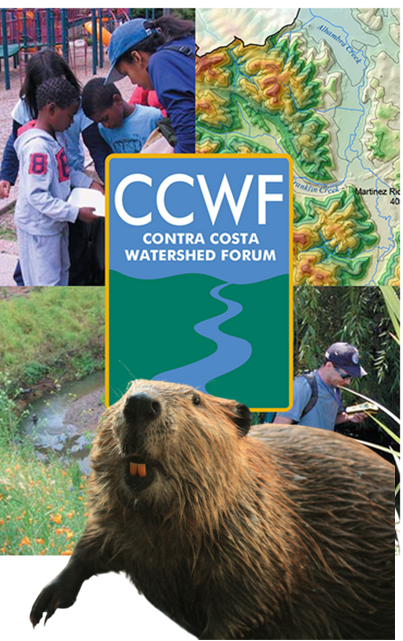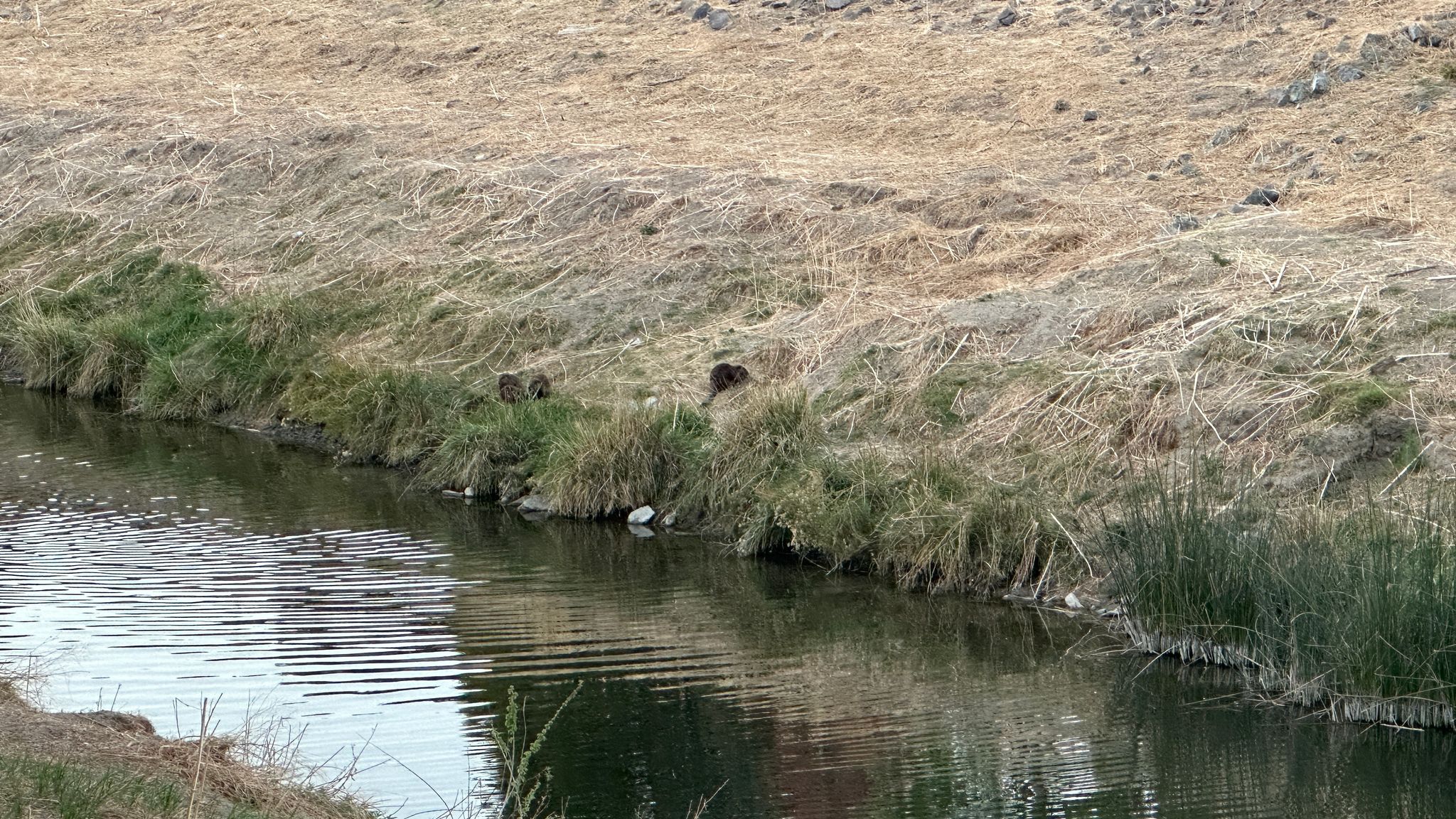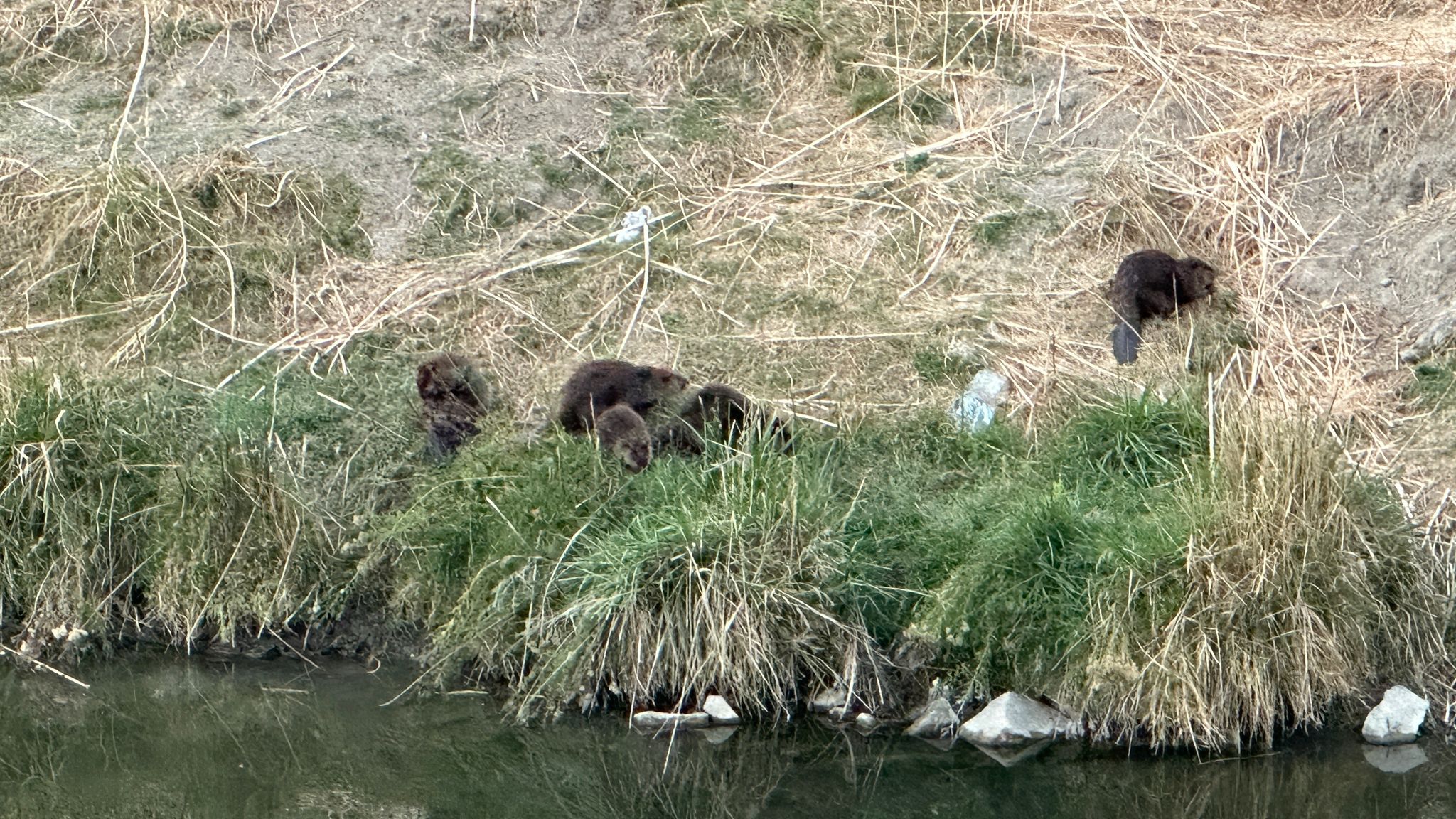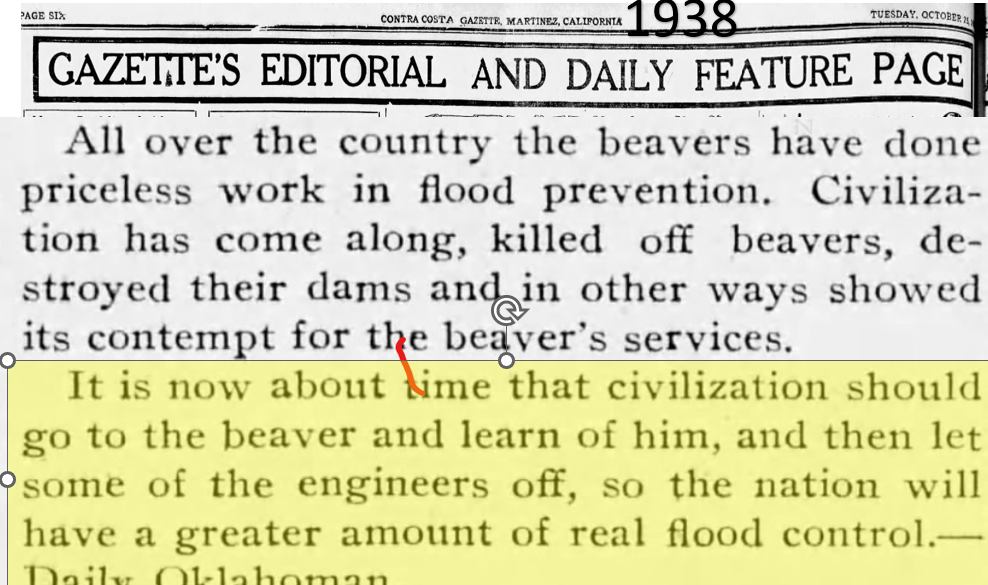 Do you ever have that dream where every thing goes wrong and you have to pass a math quiz in a class it turns out you never attended and didn’t know you were taking and your pencil keeps breaking and turning into a worm? Well that’s what happened to my talk to the watershed forum yesterday, The internet died so I couldn’t zoom and I couldn’t call in fast enough to compensate because my phone’s pound key wasn’t working (which is not the kind of thing you ever notice until you NEED it). So I limped through the presentation and spent the rest of the day feeling like a massive failure. They were so eager for beavers too. The folks at lafayette reservoir all came and wanted to hear all about them.
Do you ever have that dream where every thing goes wrong and you have to pass a math quiz in a class it turns out you never attended and didn’t know you were taking and your pencil keeps breaking and turning into a worm? Well that’s what happened to my talk to the watershed forum yesterday, The internet died so I couldn’t zoom and I couldn’t call in fast enough to compensate because my phone’s pound key wasn’t working (which is not the kind of thing you ever notice until you NEED it). So I limped through the presentation and spent the rest of the day feeling like a massive failure. They were so eager for beavers too. The folks at lafayette reservoir all came and wanted to hear all about them.
Sigh.
In my defense I did finish my presentation on friday and offer to send it ahead of time just for backup in case something rotten happened but noooooo body could be bothered. So I tried. I really tried.
I hope I get to try again someday, Tell the beavers I’m sorry I let them down.



 Five? Five beavers on the bank? Looks to me like one adult and four 5-6 month old kits. I guess from this year’s birth. How is that possible?
Five? Five beavers on the bank? Looks to me like one adult and four 5-6 month old kits. I guess from this year’s birth. How is that possible?



































